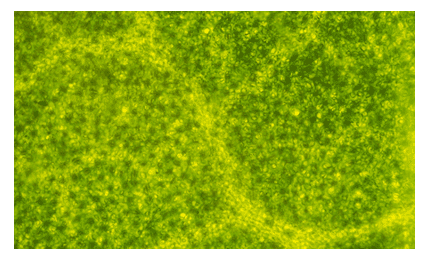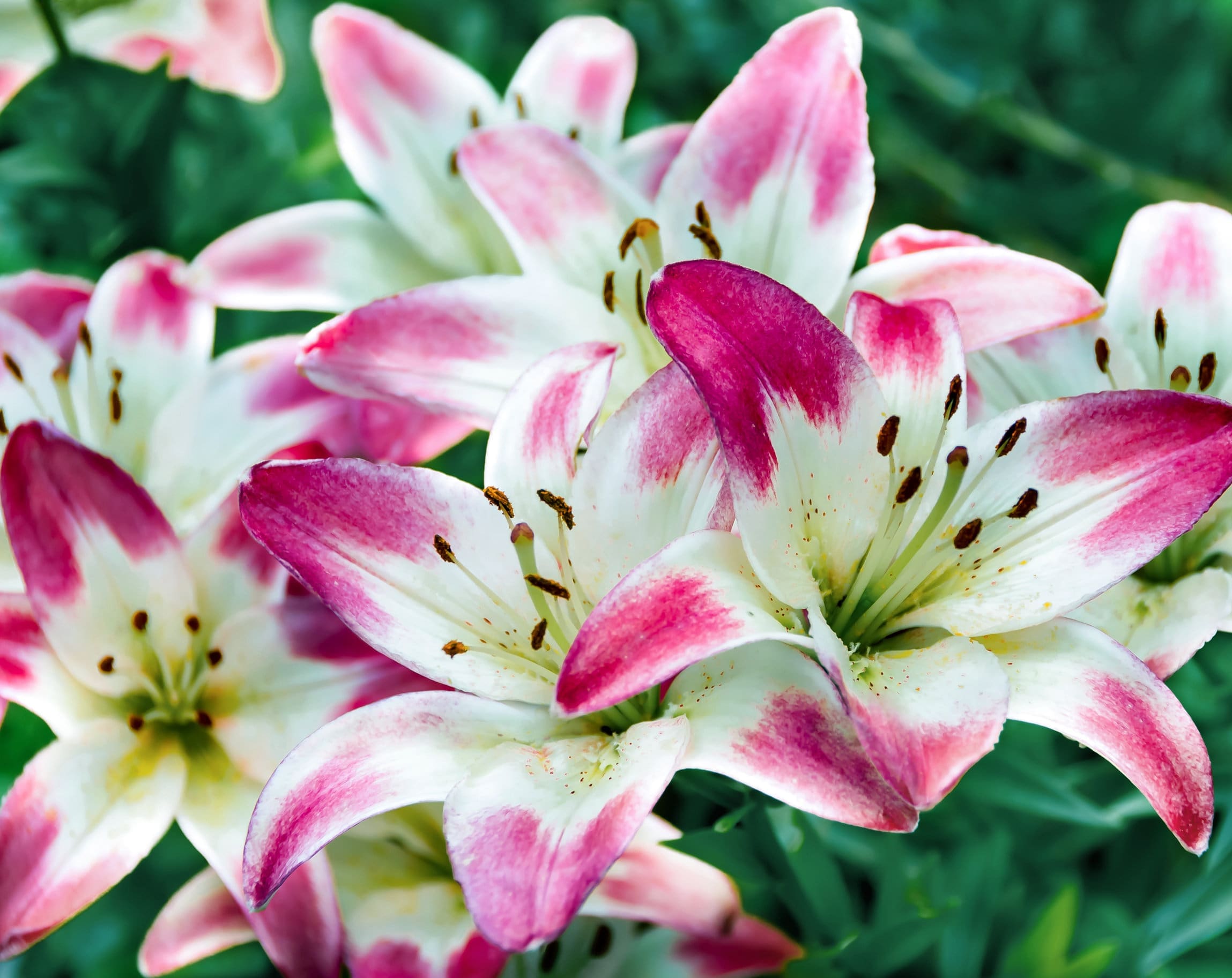In this post
Plants are able to obtain the gases that they require through their leaves. Plants require oxygen in order for them to carry out the process of aerobic respiration and they also require carbon dioxide (CO2) for the process of photosynthesis. Pores, known as stomata, allow gases to diffuse into the leaf.
Key term
Stomata – mostly found on the surface under the leaf. They are tiny pores whose main function is the exchange of gas, for example, carbon dioxide, water vapour and oxygen. As a result, they actually facilitate photosynthesis and respiration.
Diffusion is a process we have discussed in an earlier unit, however, let’s go over this subject again to recap:
Diffusion occurs when there is a higher concentration of particles in one place than another. Diffusion is the process in which a higher concentration of particles moves to the area with a lower concentration of particles. For example, plants require carbon dioxide in order to carry out the process of photosynthesis. When carbon dioxide builds up in the air surrounding the plant, the gas is able to diffuse through the leaves of the plant. The components from absorbed water and the carbon dioxide are then used to form glucose whilst oxygen is produced as a by-product and released into the atmosphere through the process of diffusion.
When diffusion occurs, we say that the particles diffuse down a concentration gradient.
Gas exchange in relation to respiration and photosynthesis
Through the process of photosynthesis, plants provide animals with food, oxygen and the removal of carbon dioxide from the atmosphere – three of the requirements essential for an animal’s life. Photosynthesis needs an intake of carbon dioxide in order to work, making the gas exchange system in plants particularly important. As mentioned in the previous topic, all living cells also respire and this includes plant cells. In order for the majority of cellular respiration to take place, oxygen has to be present, again making the gas exchange system in plants particularly important.
In an environment that has high light intensity, the process of photosynthesis is carried out at a much higher rate than the process of respiration. In other words, in bright light a higher concentration of carbon dioxide surrounds the leaves of the plant and there is an increase in the overall concentration of oxygen in the atmosphere. However, in low light intensity, the rate of photosynthesis slows and, because of respiration, a plant produces more carbon dioxide than it uses.
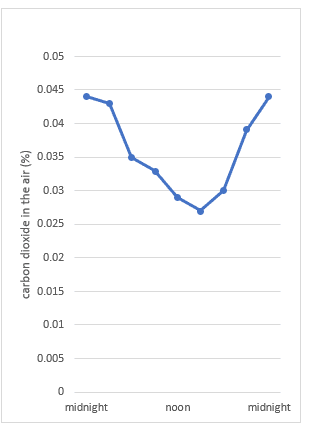
Scientists have discovered that throughout the day the concentration of carbon dioxide in the air around plants changes.
It was found that in the afternoon, the concentration of carbon dioxide in the air was much less but the concentration of carbon dioxide rose at midnight when there was no photosynthesis occurring. This rise is due to carbon dioxide not being absorbed by the plant and the process of respiration causing an increase of carbon dioxide being ejected from the plant as a waste product of this process.
The structure of the leaf and how it is adapted for gas exchange
The structure of a leaf has been discussed thoroughly in Topic 3 of this course, however, we will go over this again in this chapter.
Visually on most leaves we can see that they have a blade, a number of veins and a midrib. The blade is the flat part of a leaf that contains chlorophyll and so it is where photosynthesis occurs.

The veins on a leaf provide support but also transport water, minerals and food energy from the leaf to other areas of the plant. These veins contain both xylem and phloem tissue. The midrib is the central vein of the leaf that allows for significant structural support. The midrib grows and allows the blades to be specifically angled so that they can receive the most amount of light energy from the Sun. There are many other parts of a leaf that are not visible to the human eye. Look at the following diagram for details:
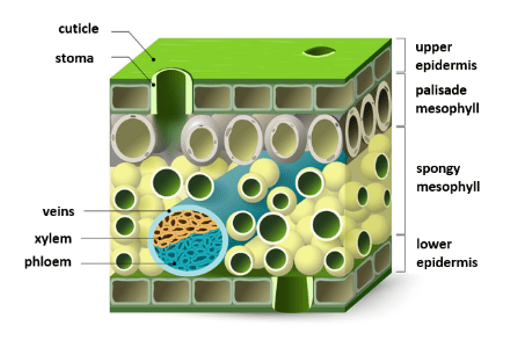
The cuticle of a leaf is a thin layer of protective wax-like material. The cuticle covers the two outer layers of cells: the upper epidermis and the lower epidermis. The cuticle works to reduce the loss of water from the leaf. The cuticle has pores known as stomata which allow for the diffusion of gas into and out of the leaf (however, these are more commonly found on the cuticle covering the lower epidermis rather than the upper epidermis). Stomata have an important role in the process of gas exchange – we will discuss the structure of stomata and their role in the next chapter.
The upper epidermis is a thin and relatively transparent layer containing few or no chloroplasts or stomata. The upper epidermis’s main role is to allow light energy to pass through to the chloroplasts which are contained in the lower layers.
Palisade mesophyll cells consist of a layer lying just below the upper epidermis. This layer is a tissue of cells that each contain a high number of chloroplasts. This results in this section of the leaf being the leaf’s main site of photosynthesis.
Spongy mesophyll cells are cells that are more rounded with spaces of air lying between them making them more loosely packed and adapted for gas exchange. They are covered by a thin film of water and have less chloroplasts than palisade mesophyll cells but do still photosynthesise. However, their main responsibility is to absorb carbon dioxide and release oxygen and water vapour from the leaf. They can do this through diffusing the gases through the air spaces. Ultimately, these cells serve as the primary gas exchange surface of the leaf.
The veins of a leaf contain both xylem and phloem tissue. Xylem tissue serves as a continuous transport system (known as the transpiration stream) for the whole plant as it contains vessels that supply water and mineral ions to the leaf. Once water has been absorbed by the roots of the plant it passes up through the stems and veins in the leaf, the water then leaves the xylem to supply the mesophyll cells. Phloem is another transport system that carries the products of photosynthesis (e.g. sugars) from the mesophyll cells to all the other parts of a plant; especially to the organs and tissues that cannot make their own food.
The lower epidermis consists of many pores known as stomata. Stomata’s main function is the exchange of gases. They are formed as a gap between two cells known as guard cells – the guard cells adapt their shape to open and close the stomata. They not only allow carbon dioxide to diffuse into the leaf but also allow water and oxygen to diffuse out of the leaf. We will discuss this in detail in the next chapter.
Key term
Transpiration stream – the movement of water from the root of the leaves through the xylem vessels.
The role of stomata in gas exchange
Stomata are pores normally found on the under-surface of plant leaves. This is because there is less air movement underneath the leaf and it avoids the stomata being exposed to direct sunlight, which means the leaves do not lose too much water as a result of evaporation when stomata are open. Stomata’s main function is the exchange of gases. They are formed as a gap between two cells known as guard cells – the guard cells adapt their shape to open and close the stomata. They not only allow carbon dioxide to diffuse into the leaf but also allow water and oxygen to diffuse out of the leaf. Take a look at the below diagram which illustrates an open and closed stoma.
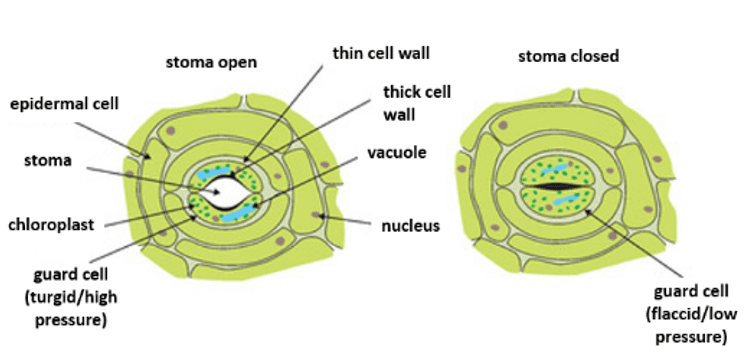
Key term
Turgid – swollen, distended or congested.
Guard cells surround each stoma. The cell wall closest to the stoma is particularly thick. The process of gas exchange only works because of a stoma’s ability in being able to open and close; the opening and closing of stomata are dependent on how turgid their guard cells are. The guard cells contain chloroplasts, and it is believed, although not fully understood, that their presence in guard cells enables the absorption of light energy so that they are able to open and close in this way. When the stomata are open, gases are able to diffuse into the leaf, facilitating the process of photosynthesis and respiration.
In the presence of light, guard cells absorb water from the surrounding epidermis cells through osmosis and become turgid, which causes the stomata to open. The diffusion of carbon dioxide, water vapour and oxygen into and out of a plant is greatest when the stomata are open.
In the presence of darkness, guard cells stop absorbing water and in fact lose some. This causes them to become flaccid which causes the stomata to close.
Below, a microscopic photograph of a plant’s stomata has been provided. As you can see, the bottom part of a leaf has many stomata.
